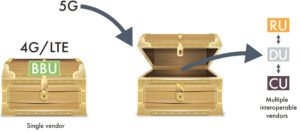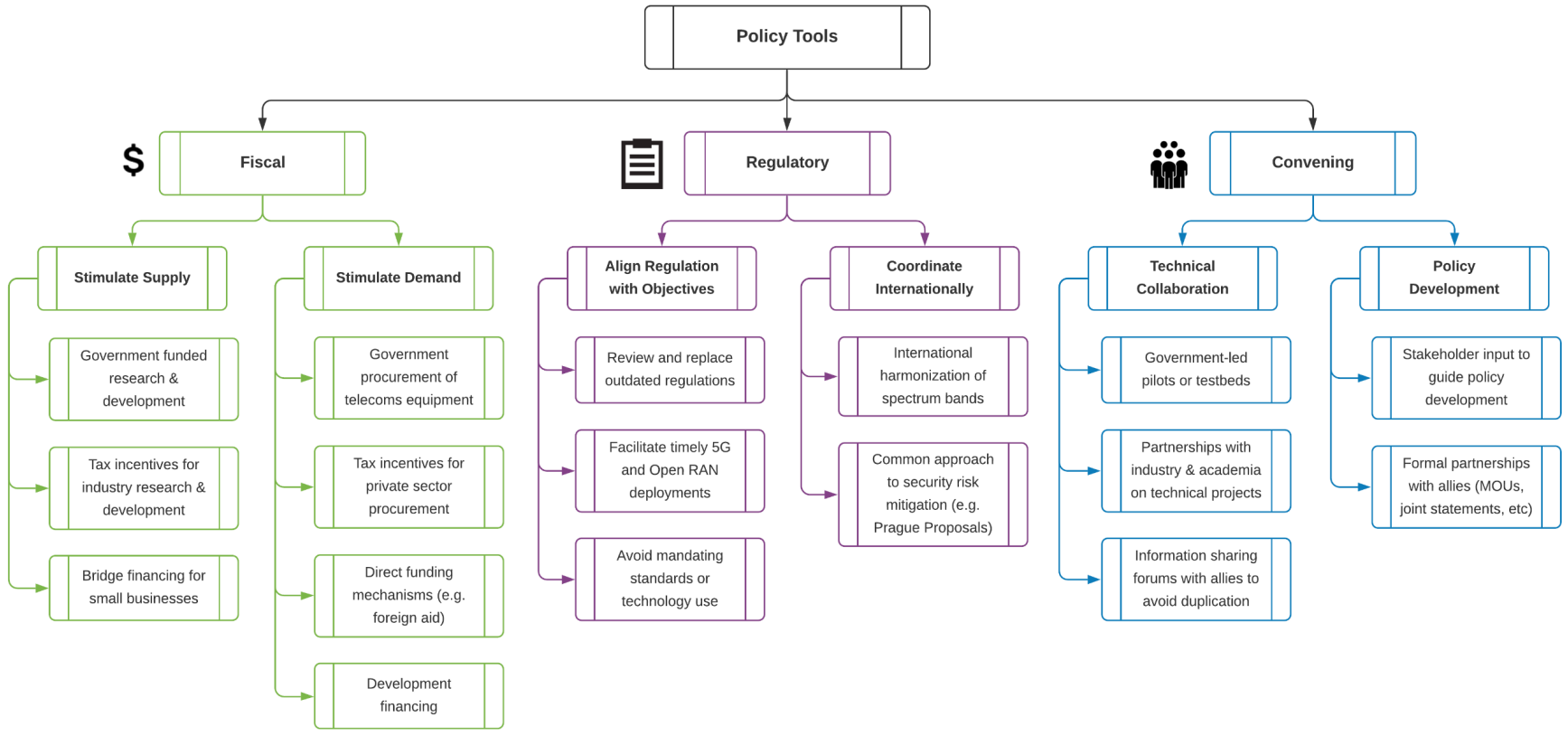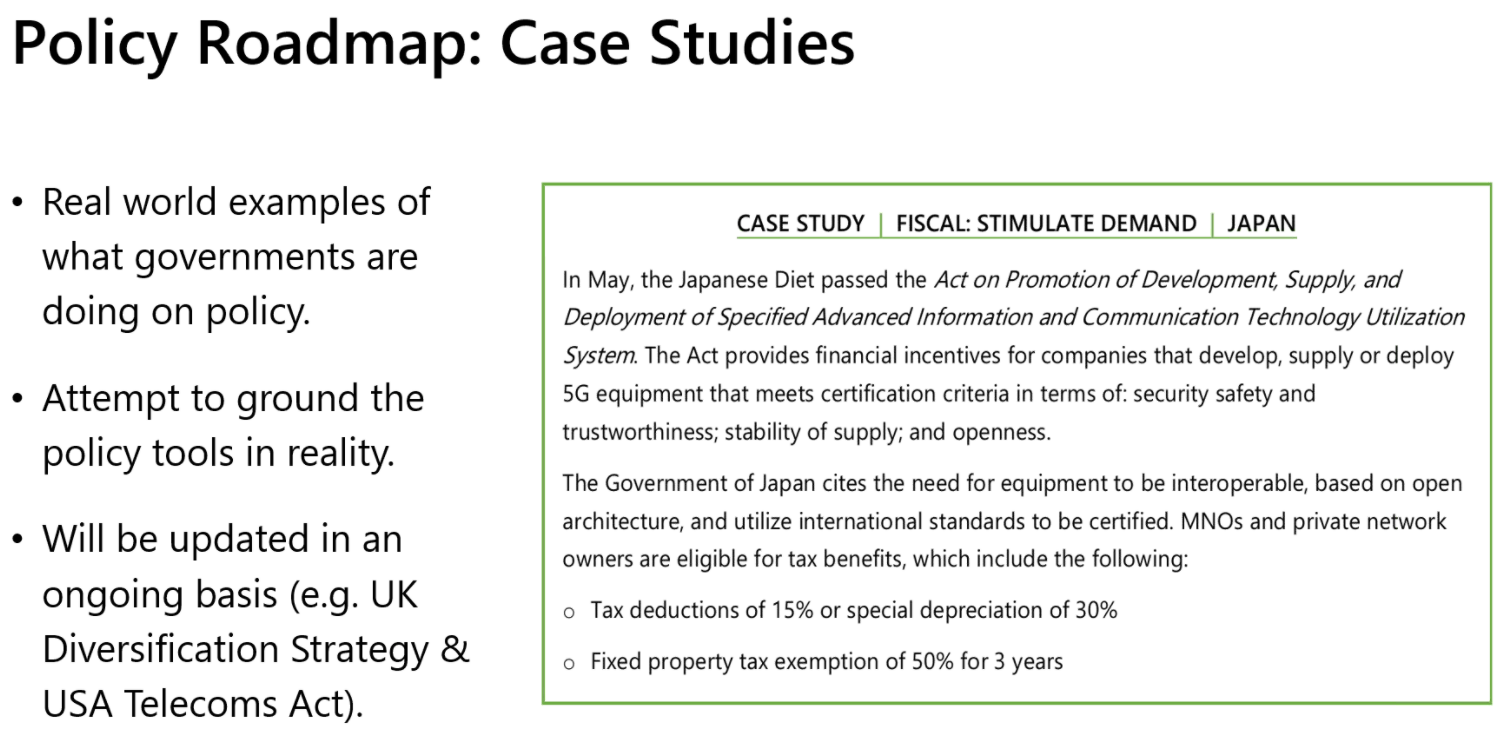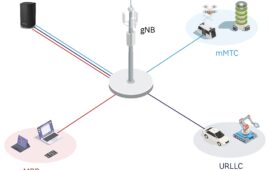The Open RAN Coalition’s roadmap provides guidance for governments trying to navigate through 5G by promoting cooperation, providing financial incentives, and implementing policy.
The concept of an open radio access network (RAN) promises to provide options for network architectures in the space between 5G radios and core networks. Open RAN has the potential, it’s backers say, to encourage innovation, provide flexibility, and reduce network costs by breaking up (disaggregating) network functions from a single proprietary box at the tower and creating virtual functions at optimal locations. On December 1, 2020, the Open RAN Policy Coalition introduced a policy roadmap for governments to use in trying to promote the openness that an open RAN could provide.

Figure 1. With 5G, the proprietary baseband unit breaks open, resulting in separate radio units, distribution units, and centralized units. Click image to enlarge.
The open RAN concept received a recent boost this week when the UK government announced on November 30 a diversification strategy for the 5G supply chain. While the potential gains from an open RAN have gained momentum, there’s another motive at work here, too. In Figure 1, three network functions that have traditionally resided in a baseband unit (BBU) are free to move, relying on standard interfaces between them. While several companies supply BBUs, some western governments have pushed service providers to not only stop buying from Chinese suppliers, but to remove previously installed equipment as well. Because open RANs don’t use BBUs, disaggregation their functions eliminate the suppliers in question.
As part of a December 1, 2020 Open RAN Policy Coalition webinar. Open RAN Policy Coalition Director of International Programs Alexander Botting presented the organization’s Policy Roadmap, which can guide governments regarding fiscal incentives (R&D funding and tax incentives), regulatory issues including avoiding specific technologies, and cooperation among stakeholders (Figure 2).

Figure 2. The OpenRan Policy roadmap can guide governments in three broad areas. Image: OpenRAN Policy Coalition
Botting explained how fiscal tools can boost both the supply side and the demand side of the network infrastructure market. He emphasized the need to provide financing for small and startup companies to bring their products to market. On the demand side, Botting noted that the Japanese government is providing tax incentives for private sector companies to procure open RAN hardware and software. “Demand and supply shouldn’t be thought of as isolated instances,” he said.
In the regulatory branch, Botting noted how the left column represents domestic issues while the right branch over international issues. On the domestic side, Botting emphasized that governments should not mandate specific technologies or standards because “standards get updates and new technologies get adopted. We should not box ourselves into a technology.” On the international side “we want to make sure that steps taken by a government are in sync with those from other countries.”
“One of the great powers of government is the ability to convene,” said Botting as he introduced the Convening section. On the technical side, Botting stressed how governments can develop or aid in the development of test beds that industry, government, and academia can use for interoperability testing and work in specific technical challenges. Governments can assist in information sharing that can avoid duplication of efforts. On the Policy Development side, governments can work to address challenges that industry might face through partnerships.
Next, Botting described ten objectives that governments can address through the tools mentioned in the roadmap. The objectives, presented in table form, highlight actions that governments can take to, for example, support the emergence of new network infrastructure vendors. The objective highlight how governments can operate in a multi-supplier environment and with multi-supplier network architectures.
Regarding case studies, the roadmap has several and the OpenRAN Policy Coalition will continuously add more as the emerge. Figure 3 shows one such case where the Japanese government used tax incentives to develop and deploy equipment if the equipment meets certain criteria such as interoperability. Governments can learn from each other and apply best practices, Botting emphasized.

Figure 3. In this case study, the Japanese government provided incentive for implementing open PAN. Image: OpenRAN Policy Coalition
Related articles:
- 5G breaks from proprietary systems, embraces open source RANs
- Open RAN has rewards, but comes with risks
- Open vRAN bridges small cells to macro cell-based 4G/5G networks
- Open RAN Policy Coalition pushes network equipment interoperability
- Video: Panel highlights Open RAN technology and policy
- Open RAN unlocks network functions





Tell Us What You Think!